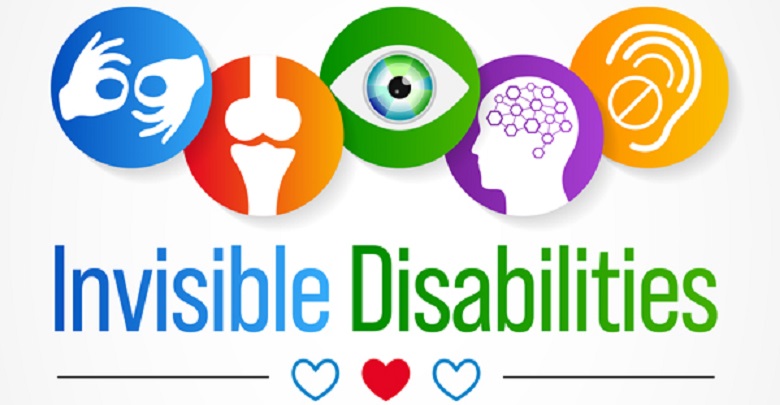Last updated on July 28, 2022
Individuals with invisible disabilities face unique challenges every day that frequently go unnoticed or ignored. According to the Invisible Disabilities Association (IDA), the word “invisible disability” is a physical, mental or neurological condition that is not visible, yet can limit or challenge a person’s movements, senses or activities.
Many people with disabilities can maintain their jobs and are completely active in the various aspects of their lives. However, individuals with invisible disabilities may experience symptoms or conditions that are overlooked by others such as cognitive dysfunctions, debilitating pain, mental health conditions, hearing and vision impairments and learning differences.
It is in this context of invisible disabilities that the concept of neurodiversity finds a space and gains acknowledgement. Individuals with thought patterns, behaviors or learning styles not considered “normal” are members of the neurodiverse population.
One of the reasons that the concept of neurodiversity is more recognized today is the increase in people diagnosed with developmental disorders since the arrival of the 21st century. The term is now more commonly used and favored. Educators are seeing a rise in the number of students considered neurodivergent, and the same is happening in the labor market and the general community. Important to also note is that several disorders, conditions and disability impacts and implications are person-based as the spectrum of ability may vary person to person.
For example, some neurodiverse individuals appreciate mood or dim lighting to reduce overstimulation from bright lights while others may be more productive when the lights are brightly shining. Also, some neurodiverse individuals may experience social communication, speech, language and learning difficulties in part due to a shorter attention span, but that same person may have the capability to stay focused for extended periods of time on a specific subject.
It is helpful to understand invisible disabilities to provide support and adjustments that promote the strengths and skills of neurodivergent individuals in academic, work settings and throughout society. The lived experiences of persons with ability differences are as unique and broad as the conditions themselves.
